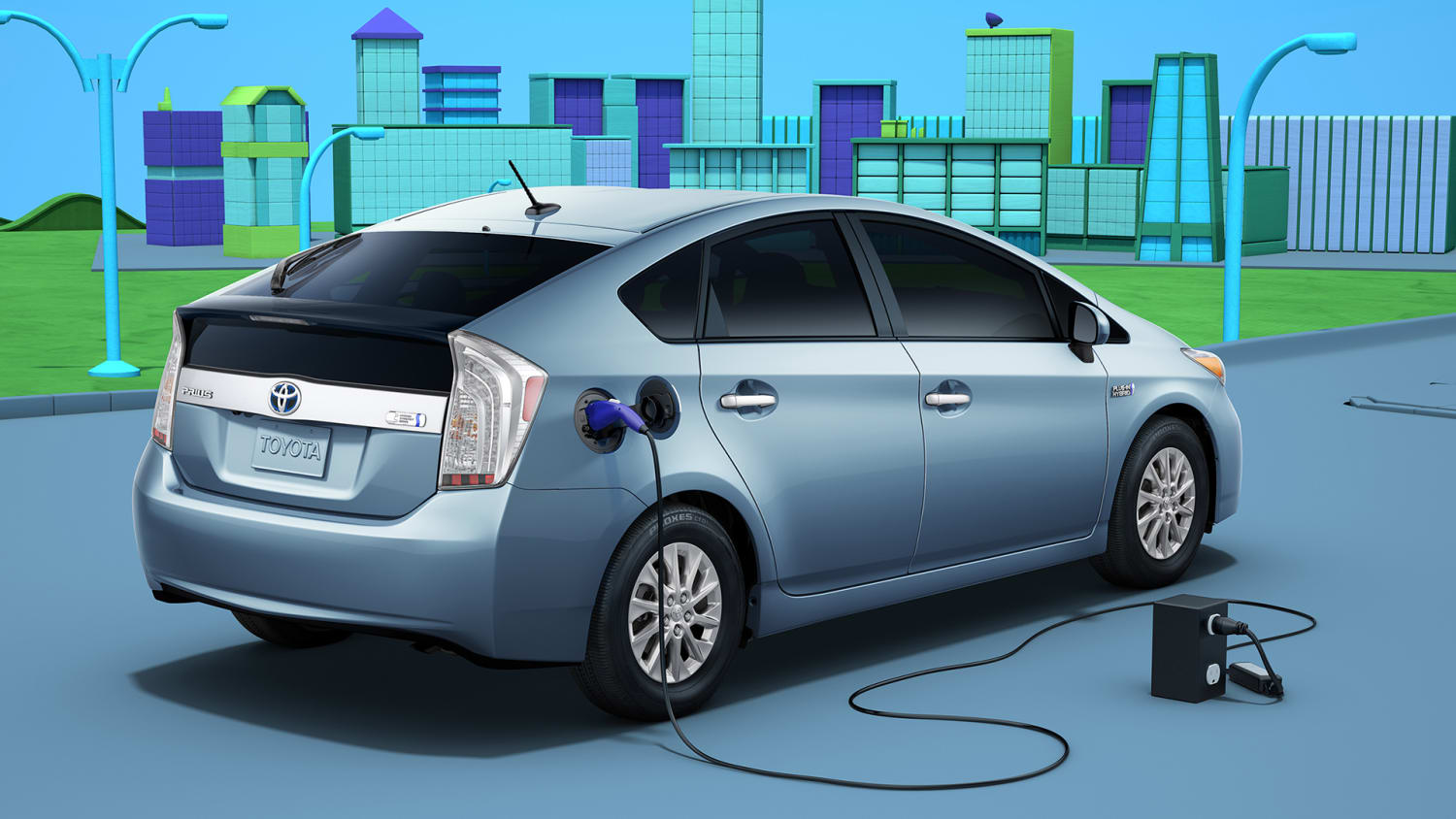Index Surge: Amplifying Your Insights
Stay updated with the latest trends and news across various industries.
The Secret Life of Hybrid Cars: Silent Yet Ambitious
Discover the hidden power of hybrid cars—silent yet ambitious. Uncover their secrets and why they’re the future of driving!
Understanding the Mechanics: How Hybrid Cars Work Under the Hood
Understanding the mechanics of hybrid cars begins with grasping the integration of two main power sources: an internal combustion engine (ICE) and an electric motor. This combination allows hybrid vehicles to optimize fuel efficiency while minimizing emissions. Depending on driving conditions, hybrid cars can operate on just the electric motor, the gasoline engine, or a combination of both. For example, during low-speed driving or stop-and-go traffic, the electric motor is primarily used, enhancing fuel economy and reducing noise.
The innovative design of hybrid vehicles includes a regenerative braking system that captures energy normally lost during braking and converts it back into electrical energy, which is then stored in the car's battery. This energy recovery process not only increases efficiency but also extends the life of the conventional braking system. Additionally, hybrid cars often feature advanced control systems that intelligently manage the interaction between the ICE and electric motor to achieve optimal performance. As we continue to explore the capabilities of hybrid technology, understanding these underlying mechanics is essential for appreciating their benefits and environmental impact.

The Environmental Impact of Hybrid Vehicles: Are They Truly Greener?
The environmental impact of hybrid vehicles is a topic of significant debate, particularly in the context of climate change and air quality improvement. Hybrid vehicles combine traditional internal combustion engines with electric propulsion, which can lead to reduced fuel consumption and lower greenhouse gas emissions during operation. However, it is essential to consider the entire lifecycle of these vehicles, including the production, operation, and disposal phases. Manufacturing hybrid vehicles often involves the use of rare earth metals and complex lithium-ion batteries, which require extensive mining and can result in significant environmental degradation. Moreover, the energy efficiency of hybrids can be compromised depending on the source of the electricity used for charging, particularly if it is derived from fossil fuels.
Moreover, while hybrids boast lower emissions compared to conventional gasoline vehicles, they might not be as 'green' as initially perceived. For example, studies show that hybrid vehicles still rely on gasoline for their combustion engines, resulting in tailpipe emissions that can contribute to air pollution in urban areas. Additionally, the disposal of hybrid batteries poses another challenge, as improper disposal can leach toxic materials into the environment. Therefore, while hybrid vehicles present a step in the right direction, a holistic approach—including advancements in battery technology, sustainable manufacturing practices, and increased use of renewable energy—is crucial to genuinely assess and enhance their positive environmental impact.
Top 5 Misconceptions About Hybrid Cars: Debunking the Myths
Hybrid cars are often surrounded by misconceptions that can deter potential buyers from considering them as a viable option. One common myth is that hybrid vehicles are not as powerful as traditional gas-powered cars. In reality, many hybrids are equipped with advanced technology that allows for impressive acceleration and power. This is due to the combined forces of the gasoline engine and electric motor working in tandem, enabling a smoother driving experience with enhanced performance.
Another popular misconception is that hybrid cars are significantly more expensive to maintain than their conventional counterparts. While the upfront cost of a hybrid may be higher, the long-term savings on fuel and maintenance costs can make them more economical in the long run. Many hybrids also come with warranties that cover key components, such as the battery, which reduces the worry over expensive repairs. Understanding these realities can help consumers make informed decisions about hybrid cars.